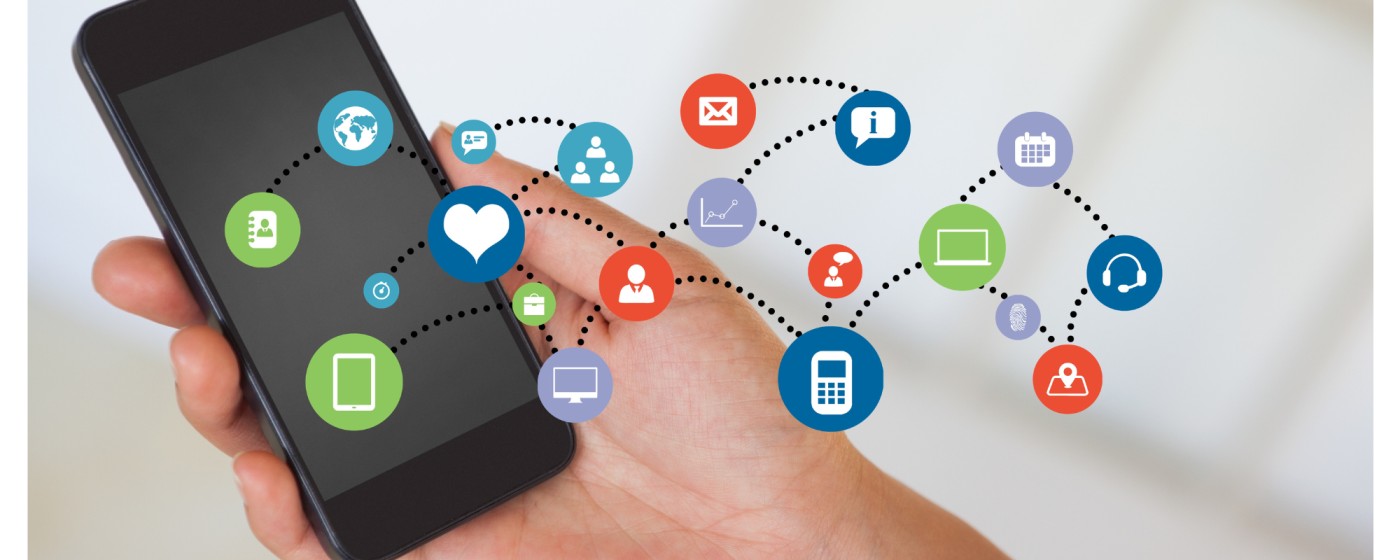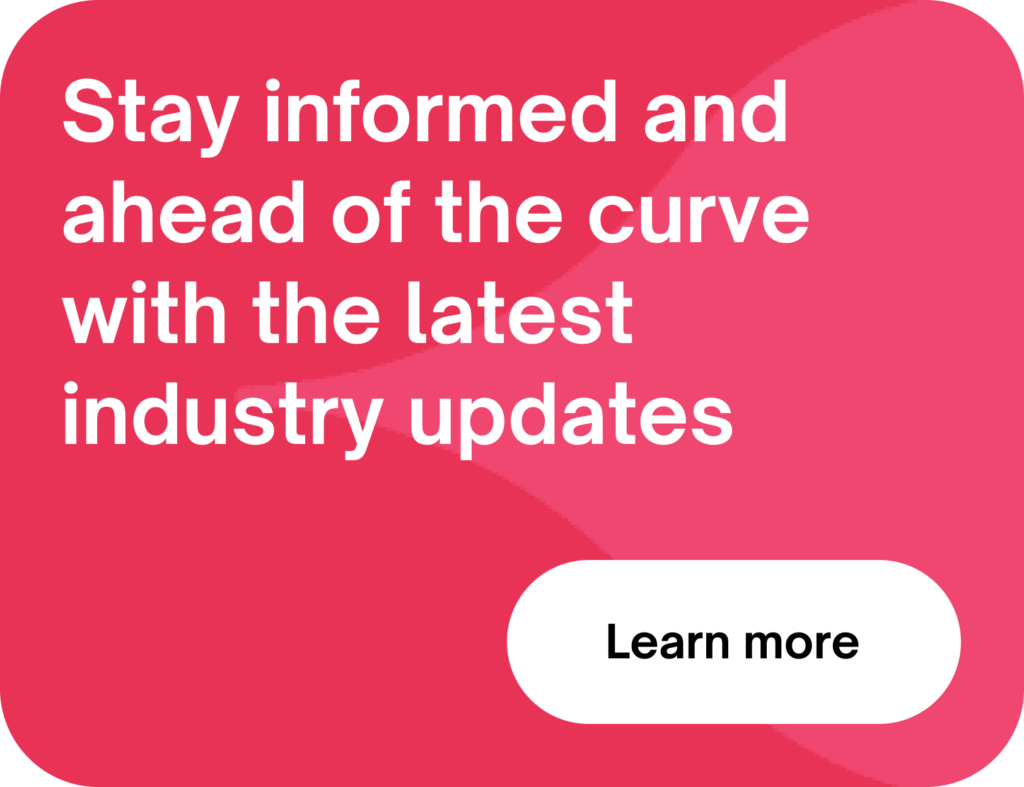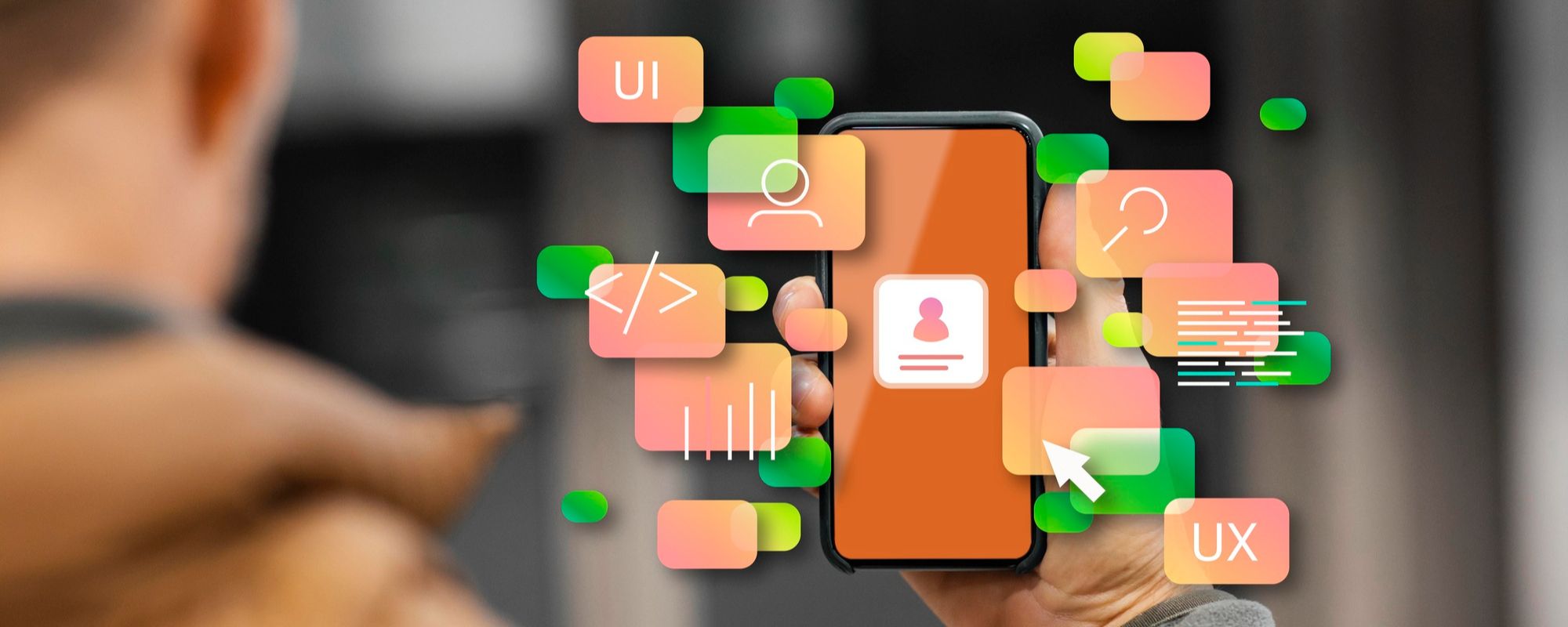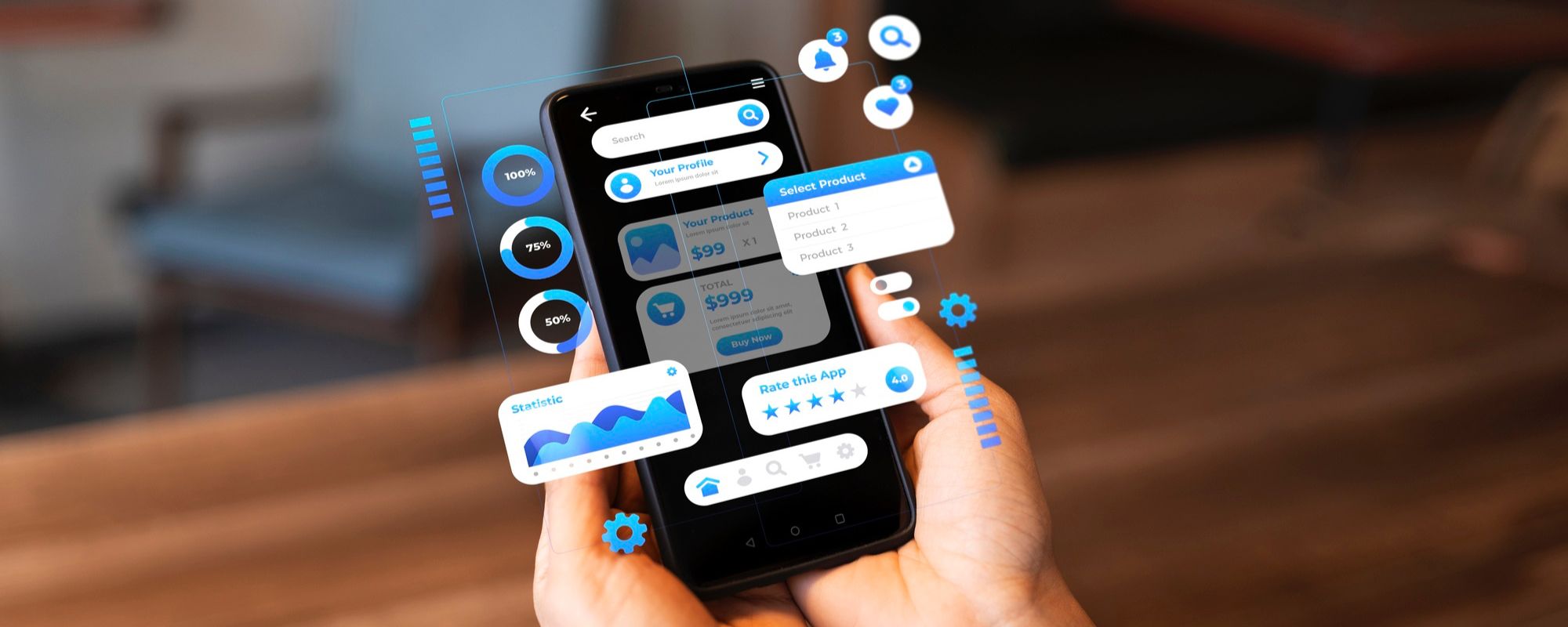Grab is a super app offering a wide range of services that include ride-hailing, food delivery, and payments, to over 670 million people across Southeast Asia.
Understanding Grab
Some key features and functionalities of Grab:
| Ride-hailing | Grab’s ride-hailing is to book a car, motorbike, or taxi in minutes. |
| GrabFood | Food delivery service. |
| GrabPay | is a mobile wallet to pay for Grab services, as well as at participating merchants. |
| GrabRewards | is a loyalty program to earn points for every dollar you spend or redeem points. |
| GrabInsure | is a travel insurance program to cover medical expenses, trip cancellation, and other travel-related risks. |
| GrabExpress | is a same-day delivery service to send packages and documents. |
When creating your own super app, you can consider adding additional features that are relevant to your target market.
Pricing & Timeline
The cost of building an app like Grab would largely depend on the location of your development team. We have collated the development cost and timeline estimates on few regions across the globe.
| Country / Region | Pricing | Timeline |
| Illinois, USA | $300,000 – 350,000 | 6 – 12 Months |
| Europe, Czech Republic | $150,000 – 300,000 | 6 – 12 Months |
| Europe, London | $250,000 – 300,000 | 6 – 12 Months |
| South East Asia, Vietnam | $62,500 – 73,000 | 11 – 13 Months |
| India | $25,000 – 35,000 | 4 – 8 Months |
Cost Factors to Consider
The development cost of building a super app like Grab will vary depending on the following factors:
App complexity and features
The more complex and feature-rich an app is, the more expensive it will be to develop. For example, an app that offers multiple transportation options, food delivery, and payments will be more expensive to develop than an app that only offers transportation.
This factor can account for 50-60% of the total development cost.
Platform compatibility (Android, iOS, web)
If you want your app to be available on multiple platforms, such as Android, iOS, and web, this will increase the development cost. This is because you will need to develop separate versions of the app for each platform.
This factor can account for 10-20% of the total development cost.
Backend infrastructure and cloud services
The backend infrastructure and cloud services you use will affect the development cost. For example, if you use a more expensive cloud service, such as AWS, this will increase the development cost.
This factor can account for 10-20% of the total development cost.
Third-party integrations (payment gateways, maps, etc.)
If you want to integrate third-party services into your app, such as payment gateways or maps, will also increase the development cost. This is because you will need to pay for the integrations and the development time required to integrate them into your app.
This factor can account for 5-10% of the total development cost.
Development team size and location
The size and location of your development team will also affect the development cost. A larger team will cost more than a smaller team, and a team located in a more expensive location will also cost more.
This factor can account for 5-10% of the total development cost.
Based on these factors, the cost of building an app like Grab could range from $50,000 to $500,000 or more in different regions of the world.
Development Process
There are three main development approaches: native, hybrid, and cross-platform.
Native development
Native development is the traditional approach involving building separate apps for each platform. This gives you control over the user experience and performance, but it’s longer develop and costs more.
Hybrid development
In this approach a single codebase is used to build apps for multiple platforms. This can save time and money, but performance and user experience could lack.
Cross-platform development
This newer approach uses a cross-platform framework to build apps for multiple platforms. You can save time and money, but performance and user experience could lack.
| PROS | CONS | |
| Native Development | Best performance and user experience | Longer development time |
| Full control over the app’s code and design | Higher development costs | |
| Easy to integrate with native platform features | Separate development teams for each platform | |
| Hybrid Development | Shorter development time | Can have performance and user experience issues |
| Lower development costs | Not as easy to integrate with native platform features | |
| Just one development team needed | ||
| Cross-Platform Development | Shorter development time | Performance and user experience issues |
| Lower development costs | Integrating with native platform features difficult | |
| Needs only one development team |
Selecting The Appropriate Technology Stack
A suggested technology stack to build an app like Grab would be:
Front-end
| React Native | A cross-platform framework that allows developers to build native apps for iOS and Android using JavaScript. |
| React | A JavaScript library for building user interfaces. |
| Redux | A state management library for React. |
| Material UI | A React component library that provides a consistent user interface across different platforms. |
Back-end
| Node.js | A JavaScript runtime environment that is commonly used to build scalable and reliable web applications. |
| Express | A web framework for Node.js that makes it easy to build APIs and web applications. |
| MongoDB | A NoSQL database that is well-suited for storing large amounts of data. |
| Redis | A key-value store that is often used as a cache for database queries. |
Hosting
| Amazon Web Services (AWS) | A cloud computing platform that provides a wide range of services, including hosting, storage, and computing power. |
| Google Cloud Platform (GCP) | A cloud computing platform that provides a similar range of services to AWS. |
| Microsoft Azure | A cloud computing platform that provides a similar range of services to AWS and GCP. |
The considerations when choosing a technology stack would be cost, skill level of the team, and community to find support.

Some basic functionalities a super app requires
1. Messaging and Social Networking
2. E-commerce and Online Shopping
3. Ride-Hailing and Transportation
4. Food Delivery and Ordering
5. Financial Services and Payments
6. Entertainment and Media
7. Utilities and Lifestyle Services
Top super apps worldwide
| SL. No. | Super App | Functionalities |
| 1 | Messaging, social networking, e-commerce, mobile payments, ride-hailing, food delivery | |
| 2 | AliPay | Mobile payments, money transfers, wealth management, and other financial products |
| 3 | Gojek | Food delivery, payments, on-demand services, and more. |
| 4 | PayTM | Mobile payments, digital wallets, online shopping, ticket booking, financial services, and more. |
| 5 | KaKaoTalk | Messaging, social networking, e-commerce, payments, gaming, and more |
| 6 | LINE | Messaging, social networking, digital payments, gaming, e-commerce, and other services. |
Conclusion
The best development approach for your super app will depend on your specific needs and requirements. If you need performance and user experience, native development is the best option. To save time and money, hybrid or cross-platform development may be a better choice.
Larger and more complex apps are more difficult to develop with hybrid or cross-platform frameworks.
Ultimately, the best way to choose a development approach is to consult with a mobile app development expert. They can help you assess your needs and requirements and recommend the best approach for your project.

After an Engineering degree and a Diploma in Management I devoted 16+ years working in the automotive industry. My innate skill and extreme passion in writing, encouraged me to adopt it up as a profession. I have been writing for more than 10+ years in the software industry. The 400+ blogs I published are informative, exhaustive and interesting to a professional and causal reader.









